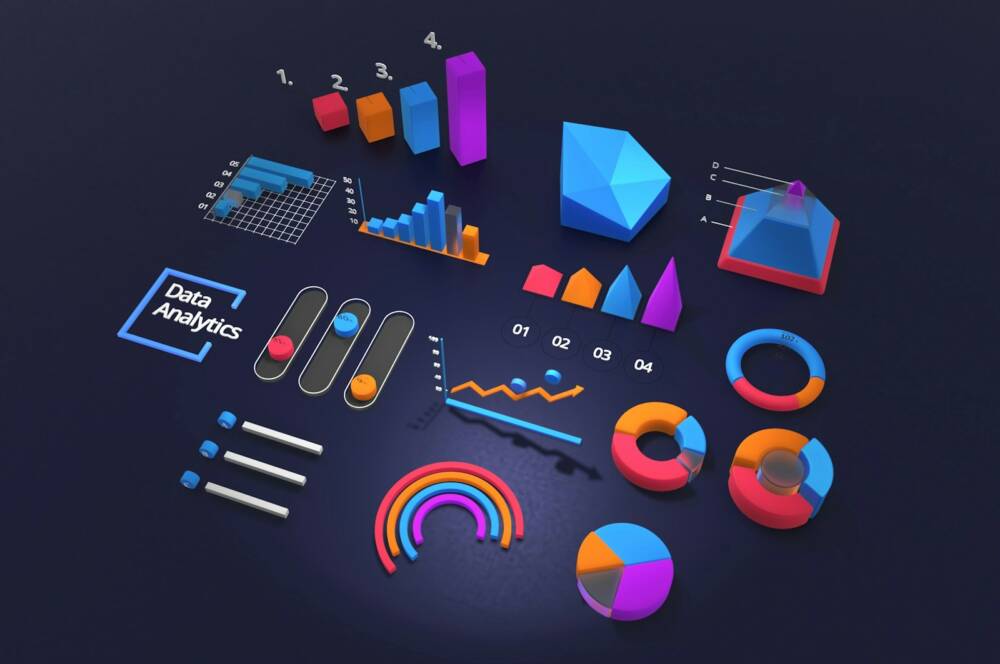Monitoring funnel metrics isn’t for the faint-hearted. You’re expected to do a thousand things at once: drive user acquisition, boost retention, keep CAC down, and somehow magically create scalable systems that run smoothly while constantly growing. Sounds familiar? You’re juggling dashboards, spreadsheets, campaigns, team feedback, product updates… all before your second cup of coffee. And even though there’s no shortage of data, not all of it tells you something useful.
The funnel looks great in theory: awareness, consideration, conversion, retention, advocacy. But in real life? It’s messy. People don’t move in neat lines. They ghost, they bounce, they resurface three months later after you’ve already written them off. So how do you make sense of the chaos and drive growth? Here are three metrics that a head of growth can help you monitor.
- Visitor-to-Lead Conversion Rate
This one might seem obvious, but it’s got layers. Visitor-to-lead conversion rate tells you how well your website or landing page is turning anonymous traffic into known contacts. Think email subscribers, free trial sign-ups, webinar attendees—basically anyone who says, “Yeah, I’m listening.” And that matters, a lot. Because what’s the point of spending a fortune on paid ads or SEO if no one’s biting?
Now here’s the tricky part: this number can be misleading if you don’t dig deeper. A high conversion rate sounds like a win, right? But what if those leads are low intent? Smart Heads of Growth look at the context. Are leads engaging with your product after sign-up? Do they match your ideal customer profile? It’s not just about quantity—it’s about alignment.
- Cost Per Lead (CPL)
Let’s not pretend budgets are infinite.
Cost per lead is your financial gut check. It tells you how much you’re spending to generate a single lead. Simple in theory, but man, it can get messy depending on how your team tracks spend. Are you including overhead? Creative production? Sales team salaries? That’s up for debate. But one thing’s for sure: if you’re not watching this metric like a hawk, your growth machine might quietly become a money pit.
Here’s the kicker. CPL on its own doesn’t tell you if you’re profitable. But it does help you stay efficient. You might be acquiring leads for $20 each on LinkedIn and $8 through organic search. That doesn’t automatically mean LinkedIn is bad. Maybe those LinkedIn leads have a much higher lifetime value. You need to balance the books by comparing CPL with downstream performance.
And honestly, this metric is a great conversation starter with finance and C-suite folks. When you can walk into a meeting and say, “We cut our CPL by 18% last quarter and lead quality stayed the same,” that’s power. That’s the kind of insight that earns you trust, budget, and room to experiment.
- Lead Velocity Rate (LVR)
If you’re not measuring how fast your leads are growing month over month, you’re missing the bigger picture.
Lead Velocity Rate measures the speed at which your leads are increasing. It’s not just about how many leads you generated—it’s about how that number’s changing over time. Why does that matter? Because growth is about momentum. One good month doesn’t mean squat if the next two are flat. You want a trajectory, not a lucky spike.
And here’s the real beauty of LVR: it keeps you focused on consistent progress. In a world obsessed with “big wins” and viral campaigns, this metric rewards sustainable systems. If your lead gen is growing steadily month after month, even by 5–10%, you’re laying a foundation for long-term scale. That’s way beautiful than a random traffic spike that never turns into revenue.
Final Thoughts
At the end of the day, you already know growth isn’t about chasing every metric. It’s about finding the signals that matter and filtering out the noise. These top-funnel metrics give you a reliable early warning system. So yeah, it’s a lot. But when you tune into the right numbers and hire the right head of growth, that’s where you thrive.


